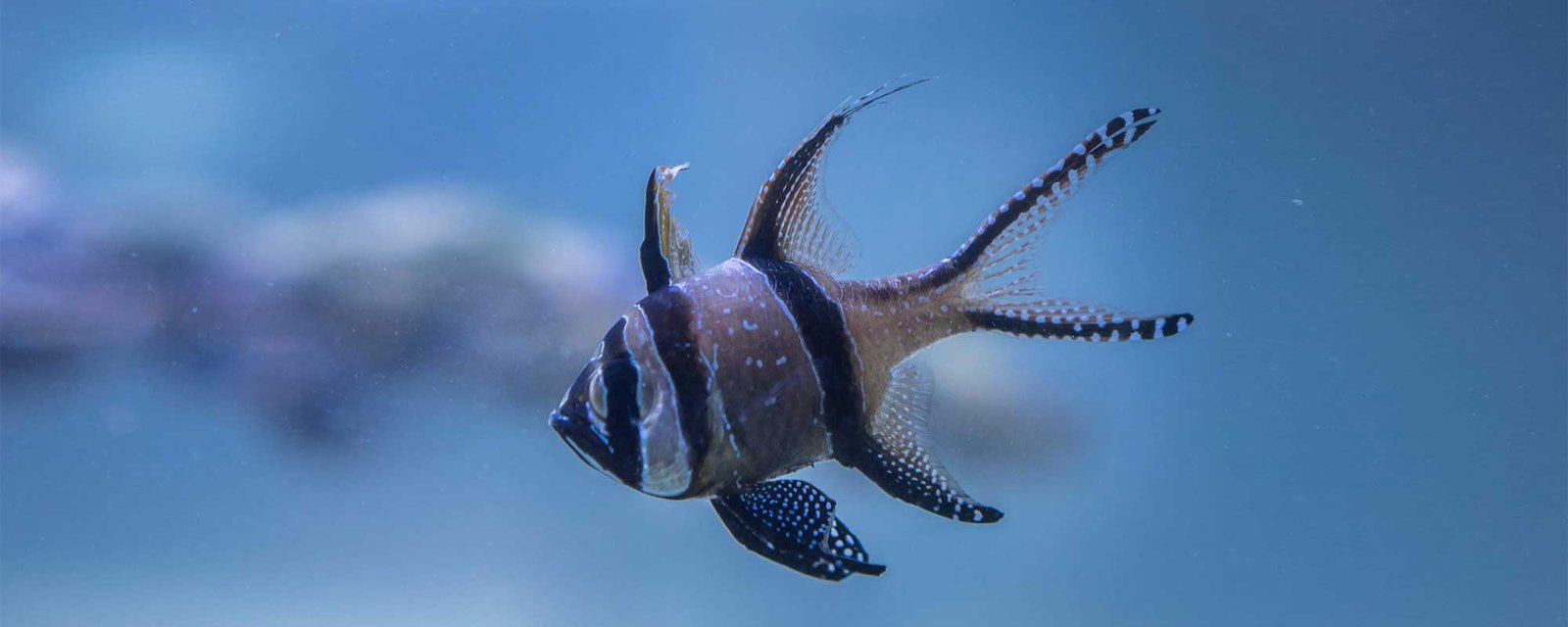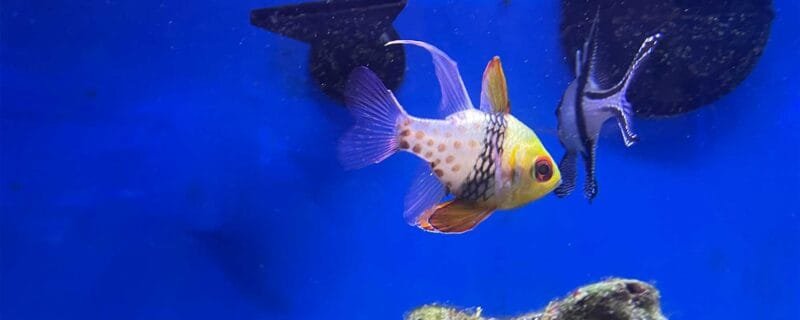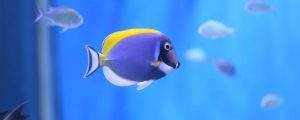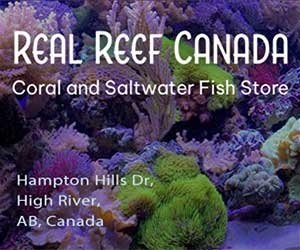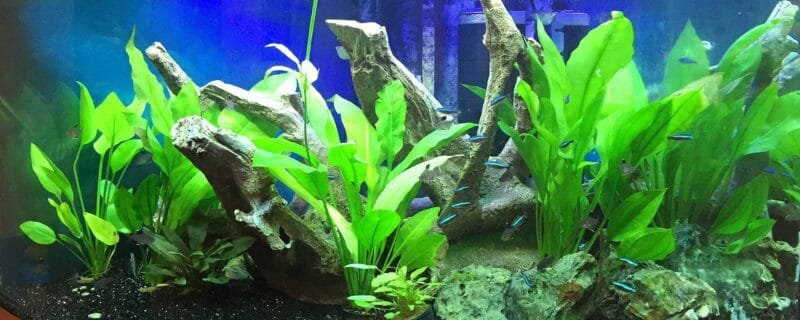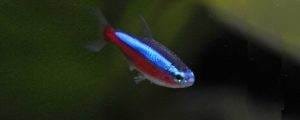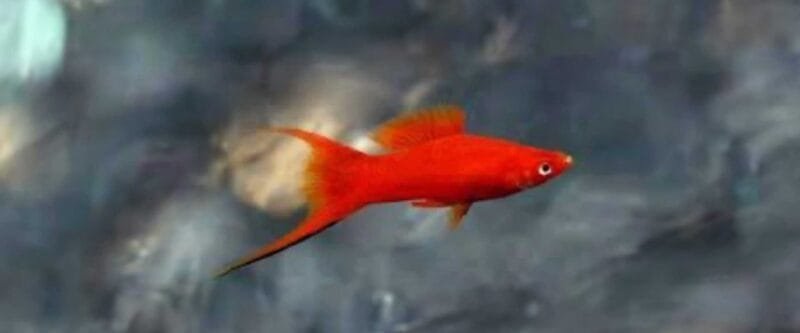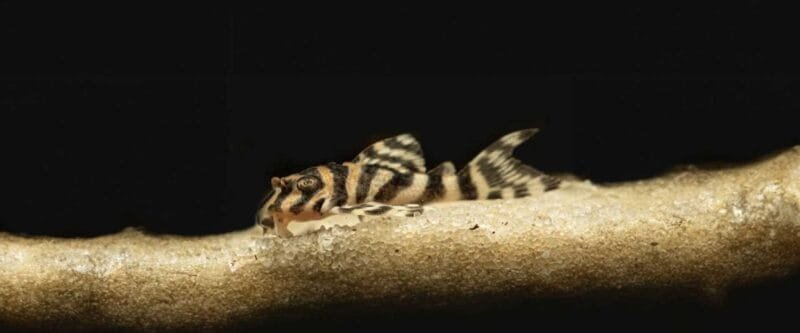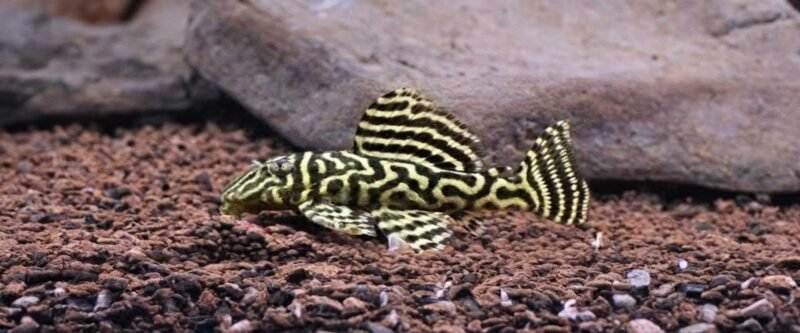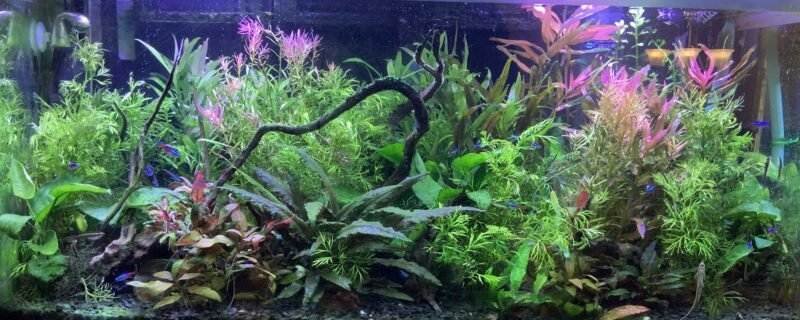The Enigmatic Banggai Cardinalfish (Pterapogon kauderni): A Gem of the Coral Reef
The Banggai Cardinalfish, scientifically known as Pterapogon kauderni, is a delightful and iconic marine fish species originating from the Banggai Islands in Indonesia. With its striking appearance and peaceful demeanor, it has become a cherished favorite among aquarists worldwide. In this blog post, we’ll dive into the world of the Banggai Cardinalfish, exploring its habitat, compatibility with community tanks, native range, dietary habits, and more.
Habitat and Native Range
The Banggai Cardinalfish is indigenous to the Banggai Islands in Indonesia, located in the heart of the Coral Triangle. These islands are renowned for their remarkable marine biodiversity and vibrant coral reefs. In their natural habitat, Banggai Cardinalfish inhabit sheltered lagoons, seagrass beds, and the crevices of coral reefs. Their presence among the delicate coral formations lends an enchanting quality to these vibrant ecosystems.
Physical Characteristics
Banggai Cardinalfish are distinguished by their striking appearance, characterized by:
- Dark body coloration with vertical white stripes.
- Elongated dorsal and anal fins, adding elegance to their profile.
- A mouth adapted for capturing small prey items, such as zooplankton and tiny invertebrates.
These beautiful fish are relatively small, typically reaching a maximum size of around 3 inches (7.5 centimeters).
Suitability for Community Tanks
The Banggai Cardinalfish is well-suited for community tanks due to its peaceful disposition and manageable size. They are known for their cooperative behavior and can be kept with a variety of tankmates, including other peaceful fish and reef invertebrates.
However, it’s essential to consider a few factors when planning to house Banggai Cardinalfish in a community tank:
- Tank Size: Provide a tank of at least 30 gallons (113 liters) to ensure ample swimming space and accommodate a small group of Banggai Cardinalfish comfortably.
- Compatible Tankmates: Opt for tankmates that are non-aggressive and won’t outcompete the cardinalfish for food. Suitable companions may include gobies, clownfish, and peaceful wrasses.
- Coral and Invertebrates: Banggai Cardinalfish are generally reef-safe and won’t harm coral or invertebrates. They may seek shelter among corals and rock formations.
- Dietary Considerations: Ensure that their diet aligns with the needs of other tankmates. Banggai Cardinalfish are carnivorous and require a diet rich in protein.
Diet and Feeding Habits
In the wild, Banggai Cardinalfish feed on small zooplankton, tiny crustaceans, and other small invertebrates. In a home aquarium, they should be offered a diet that mimics their natural feeding preferences. Provide a varied menu of:
- Frozen or live brine shrimp
- Mysis shrimp
- Small pieces of marine-based seafood
- High-quality marine pellet or flake food
Regular feeding with these nutritious options will help maintain their health and vibrant coloration.
Tank Requirements and Care
To create an ideal environment for your Banggai Cardinalfish, consider the following:
- Water Parameters: Maintain stable water conditions with temperatures between 75-82°F (24-28°C), a pH level of 8.1-8.4, and a specific gravity of 1.020-1.025.
- Aquascape: Mimic their natural habitat by providing plenty of hiding spots within live rock and coral formations. This will help them feel secure.
- Grouping: While Banggai Cardinalfish are often kept individually or in pairs, they can thrive when kept in small groups. These fish exhibit schooling behavior in the wild.
Conclusion
In conclusion, the Banggai Cardinalfish (Pterapogon kauderni) is a captivating and peaceful addition to a marine community tank. Their striking appearance, gentle temperament, and compatibility with a variety of tankmates make them an excellent choice for both experienced and novice aquarists. By providing a suitable environment and a well-balanced diet, you can enjoy the grace and charm of these elegant marine gems in your own aquatic world.

